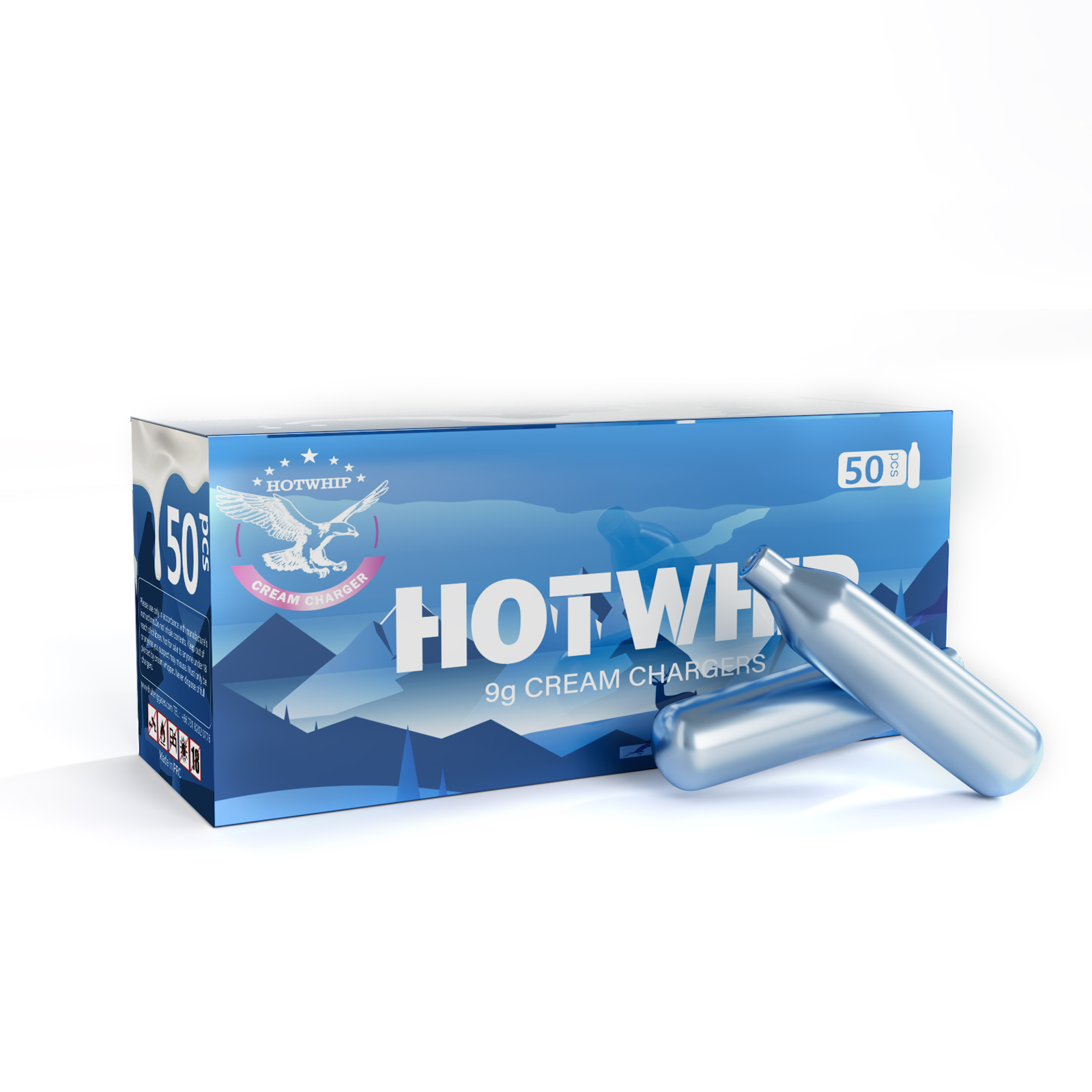When it comes to high-performance racing, optimizing power output and acceleration is crucial. One of the most effective ways to achieve this is by using Nitrous Oxide NOS systems, which provide a significant boost in horsepower when injected into the engine. However, with various NOS tank options available, it is essential for racers to choose the right system that aligns with their specific racing needs. The primary consideration should be the tank’s size, material, and design, as these factors directly affect performance, weight, and ease of installation. NOS tanks come in several sizes, typically ranging from 2.5 to 15 pounds, with 10-pound tanks being the most popular for street and track applications. Smaller tanks, such as the 2.5-pound options, are ideal for applications requiring lightweight solutions or for those looking to minimize space, such as in smaller vehicles or in engines where weight distribution is a concern. Conversely, larger tanks provide more nitrous oxide, allowing for extended runs without needing frequent refills, making them suitable for serious racers or those participating in endurance events.

The choice between tank sizes often boils down to the balance between weight, available space, and performance requirements. Material is another crucial aspect to consider when selecting a nos tanks. Most tanks are constructed from aluminum, which offers a good strength-to-weight ratio and is relatively affordable. However, some high-end applications may opt for carbon fiber tanks, which are significantly lighter and can withstand higher pressures, providing a performance edge. Carbon fiber tanks are particularly beneficial in professional racing contexts where every ounce matters, and the increased cost can be justified by the performance gains. It is also worth noting that nitrous tanks need to meet specific safety standards, so racers should look for tanks that are certified and comply with safety regulations to ensure safe operation during races. Design features also play a vital role in the overall performance of NOS systems. Tanks come equipped with various fittings and valves, which can affect how efficiently the nitrous oxide is delivered to the engine.
Moreover, some systems feature innovative designs that help with better gas flow and reduced pressure drop, which can translate into improved throttle response and power delivery. Additionally, a tank with a proper mounting setup is critical for maintaining safety during high-speed runs. Tanks must be securely mounted to prevent movement or vibration, which could lead to leaks or damage. Furthermore, the choice of NOS system can also depend on the type of racing. For example, drag racing may require systems that deliver a quick and intense burst of power, whereas road racing could benefit from a more controlled and sustained nitrous delivery to help maintain speed through corners. Understanding the specific requirements of the race type and how the nitrous system can be calibrated to meet those demands will inform the decision on which tank and system to choose. In conclusion, selecting the right NOS tank is a multifaceted decision that should consider the tank size, material, design features, and the specific requirements of the racing application.
